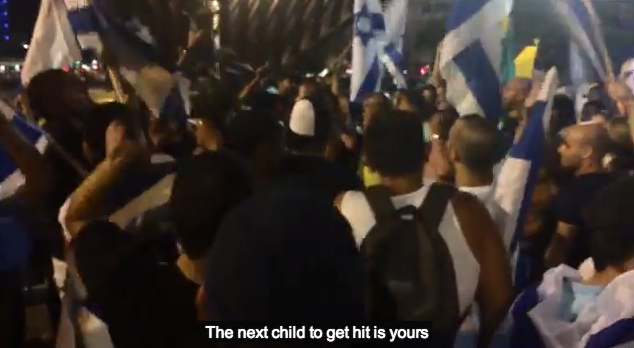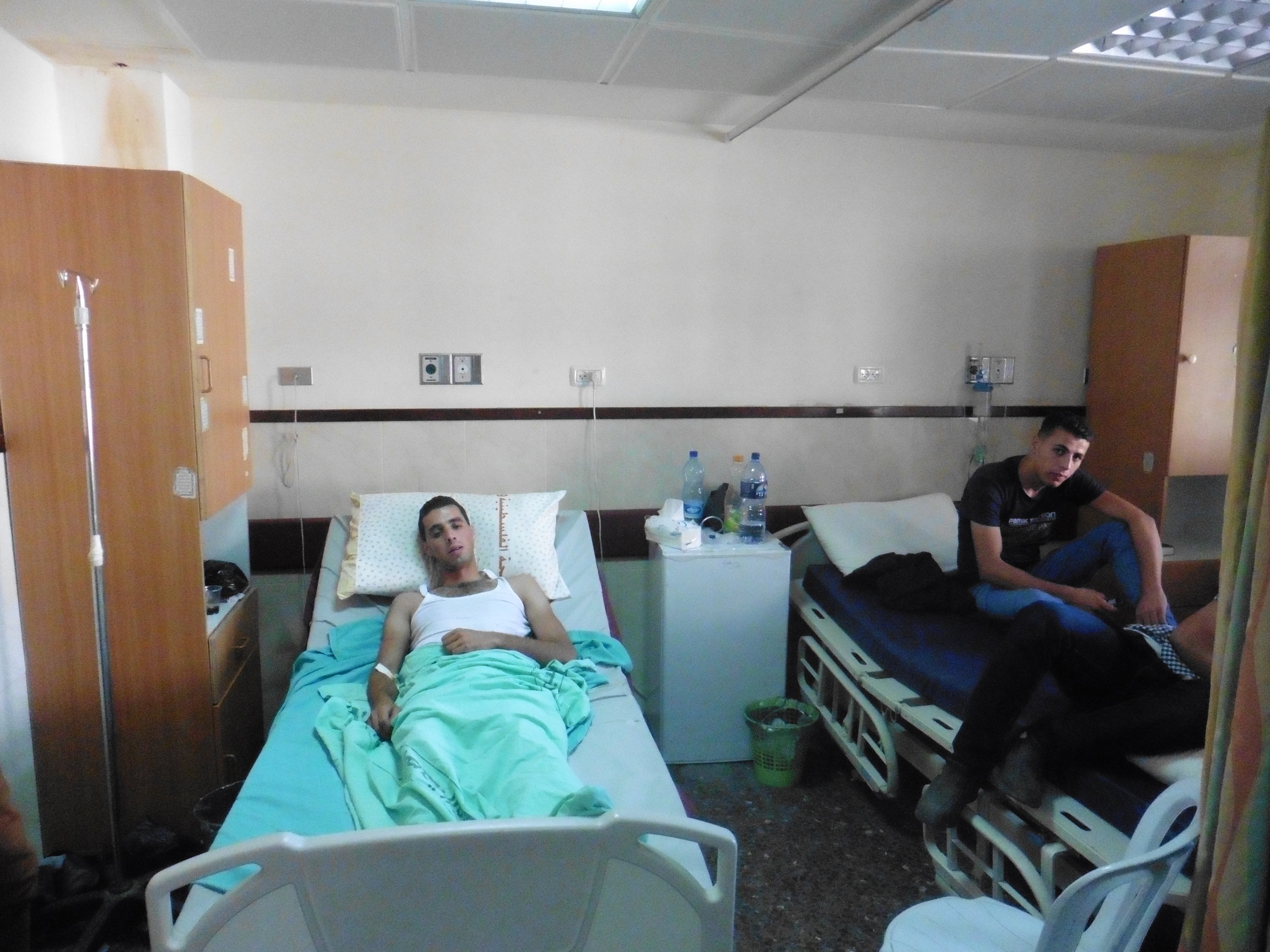Author: ISM Media
-
Video: Israelis in Tel Aviv chanting, “There’s no school tomorrow, there’s no children left in Gaza! Oleh!”
29th July 2014 | International Solidarity Movement | Tel Aviv, Occupied Palestine Israelis in Tel Aviv, on 26.7.2014, the 19th day of Israel’s massacres in Gaza, cheer the genocide on: “There’s no school tomorrow, there’s no children left there [in Gaza]! Oleh!” Every evening, in Tel Aviv, right wing marchers flood the streets, waving Israeli flags…
-
Israeli forces fire live ammunition injuring 15 protesters in Beit Furik
27th July 2014 | International Solidarity Movement, Nablus team | Beit Furik, Occupied Palestine At 22:00 in the evening of Friday, July 25th, Israeli forces injured 15 Palestinians during a protest in the village of Beit Furik, which is located fifteen km southeast of Nablus in the northern half of the West Bank. Approximately 2000 protesters were marching towards…
-
Trapped in Beit Hanoun
27th July 2014 | Charlie Andreasson | Gaza, Occupied Palestine We raced towards the hospital in Beit Hanoun, our mission was to assist in the evacuation of the hospital with the same name. The Israeli forces had already destroyed 13 ambulances in a row. We had to work fast. But we were soon trapped, Fred and…



